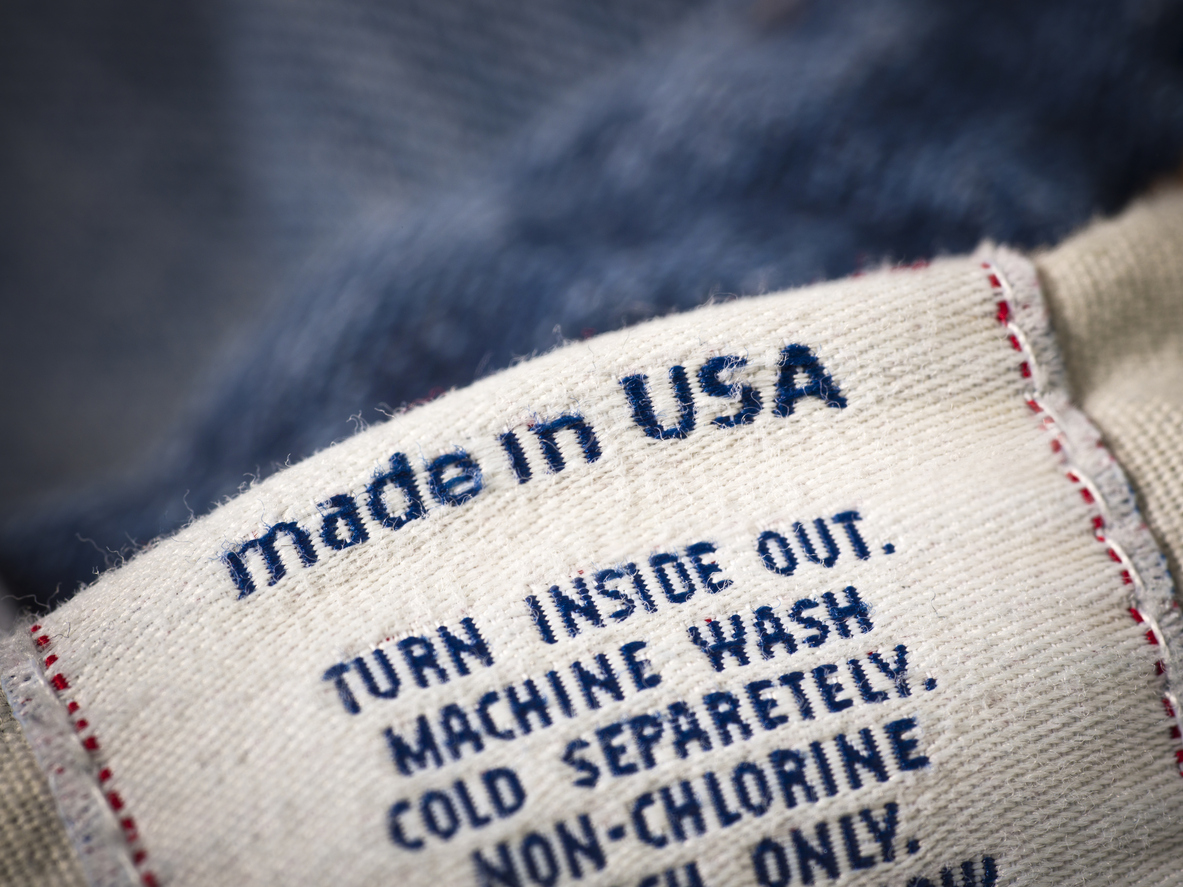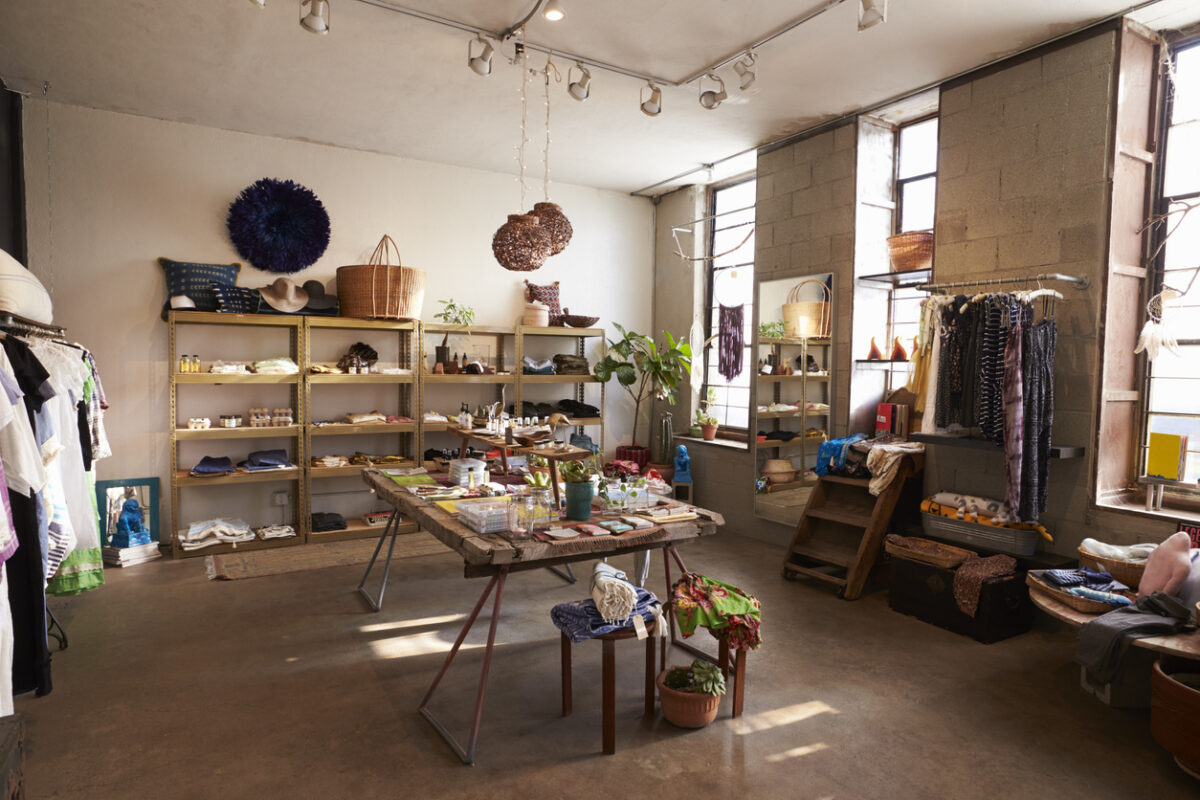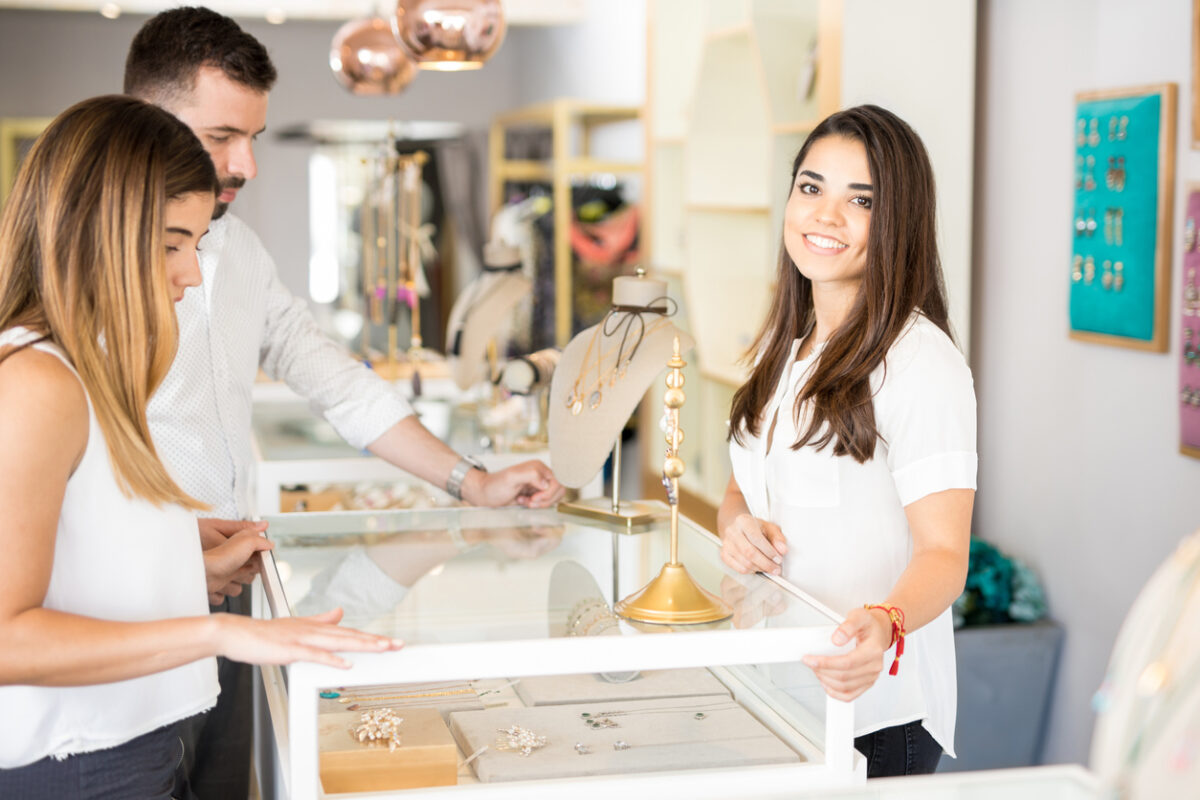Product pricing strategies help grow your small business and increase your customer base. The word “price” is both a noun and a verb. The latter is what you do to an item for sale in your boutique. If you get the pricing wrong, you could lose money. No business owner wants to lose money.
Pricing is something you must do with purpose and through a specific process. The right strategy will attract and build customer relationships, allow greater profit margins, and increase revenue.
Various pricing strategies exist; you may not use the same one for every product you sell. Therefore, it’s essential to understand different methods before making pricing decisions. Below are five pricing strategies that are most often used by small businesses involving buying wholesale clothing and wholesale jewelry.
5 Common Pricing Methods
Some boutique owners price their products based on how much it costs them to get them, also called keystone pricing. They calculate their expenses and double or triple that number for retail. Some use competitive pricing. They see what their competitors are charging and match it or undercut it. Other boutique owners price products extremely high with the intent of promoting them through sales and discounts.
You must decide which strategy helps you reach your business goals. Here are a few more commonly used pricing methods:
1. Value-Based Pricing Strategy
Value-based pricing refers to setting the price of an item based on what the customer thinks it is worth. For this strategy to work, the customer must already know and expect a higher price for the product. For example, a customer looking to buy a Prada purse knows they will pay much more than no-name-brand purses, even if they appear identical. Brand loyalty is a crucial factor.
Boutiques with established brands can benefit from this strategy. You may want to choose one or two products you sell the best of, like sunglasses, lingerie, or jewelry, to represent your brand, allowing you to increase prices on those items.
2. Cost-Plus Pricing Strategy
With cost-plus pricing, boutique owners set a consistent percentage they want to use when pricing certain products and apply that percentage to the amount they paid to purchase the item. For example, a retailer buys a little black dress wholesale for $20.00, and the percentage they use is 100%. That little black dress now retails for $40.00.
This method is easy, which is why many retailers choose it. However, you must also consider other strategies if they offer higher profits.
3. Economy Pricing Strategy
An economy pricing strategy is typically used when retailers focus more on selling high quantities of a specific product. They apply a lower retail cost, hoping it will drive sales up. Retailers who have an overstock of products may find this helpful. If a business owner has 1,000 graphic t-shirts for sale, they can price them at a lower cost. The method is successful when they get a rush of customers looking for discounted products. They also run the risk of only selling a few T-shirts, which will yield very little profit.
Economy pricing may work better when you sell items that trend nationwide, products that seem to create a buzz, and demand soars. When Taylor Swift is pictured wearing a red fedora, and now every girl between five and twenty-five is hunting for something similar, this method can help you capitalize on the trend.
4. Bundle Pricing Strategy
Using the bundle pricing strategy, you sell multiple items grouped as one product. Your customer feels like they are getting more for their money because they perceive them as being discounted. However, you can set significant profit margins for each item within the package. A fashion boutique owner may bundle a hat, gloves, lip balm, and a scarf for a winter package. As long as you can organize and keep up with the margins for each product, this method could be a win-win for you and your customer.
5. Psychology Pricing Strategy
Emotions are a major factor in influencing people to make purchases. According to a Harvard report, subconscious decisions account for 95% of why someone buys a product. Therefore, make your customers connect their emotions to your products. Big retailers are experts in psychology pricing. They end their prices at “.99” because they know consumers automatically round up numbers.
This strategy makes them feel as if they are paying less. Another example is adding strict time frames to sales and promotions, like “15% off today only.” Customers feel a sense of urgency to buy to avoid missing out on a good deal. Even how you write the price, what font you use, and in what color can influence buying.
Why You Must Buy in Bulk
No matter your pricing strategy, you must follow basic rules when acquiring products, like buying in bulk. When you buy in bulk, you get a discount based on how many items you purchase. Successful fashion boutique owners work with wholesale suppliers who offer quality wholesale clothing and wholesale jewelry at reduced prices when they buy in bulk.
Bulk doesn’t always mean you must buy a lot of the same item. Instead, you can purchase a wide variety of wholesale items to increase the number of items you buy. Knowing the basics of wholesale buying is a must.
How to Buy Wholesale
There are specific tips you can follow when buying items in bulk from a wholesaler, including:
- Check reviews of the wholesale supplier and reach out to former customers online for references.
- When possible, visit the company to ensure they are real and compliant.
- Build positive relationships with key staff members of the wholesale supplier.
- Don’t be afraid to negotiate prices.
- Find a wholesaler that offers a wide range of products, like a wide selection of wholesale jewelry, so you can spend less time shopping and more time on marketing.
- Ask about shipping, deadlines, small-batch purchasing, and returns.
Most importantly, always consider your target customer when deciding on items for your boutique. The best wholesale supplier will want your customers to be happy just as much as you do.
Check out Wholesale Fashion Square as your top quality wholesale clothing and jewelry supplier serving Los Angeles, Texas, and the rest of the United States.








No Comments